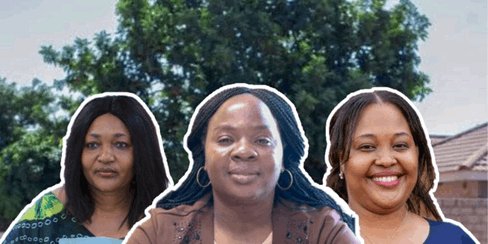
This report was produced and first published by Social Voices with support from the Solutions Journalism Network and the Hewlett Foundation, under the Reporting Gender Equity Fellowship, an initiative of Social Voices Media & Development Foundation
When 28-year-old Lynet Chitemere had her first child, she knew little about family planning. “I wasn’t aware of my options back then,” she said. Without guidance, she worried constantly about another pregnancy too soon. By the time she had her second child, Lynet was determined to take control. She tried jadelle (a form of a female hormone used to prevent pregnancy and are a long-term (up to 5 years) reversible method of contraception) and the loop (another name for an intrauterine device (IUD), a small, T -shaped device inserted into the uterus by a healthcare provider to prevent pregnancy for several years), but both gave her complications.
Confused and discouraged, she almost gave up—until a visit to her local clinic changed everything.
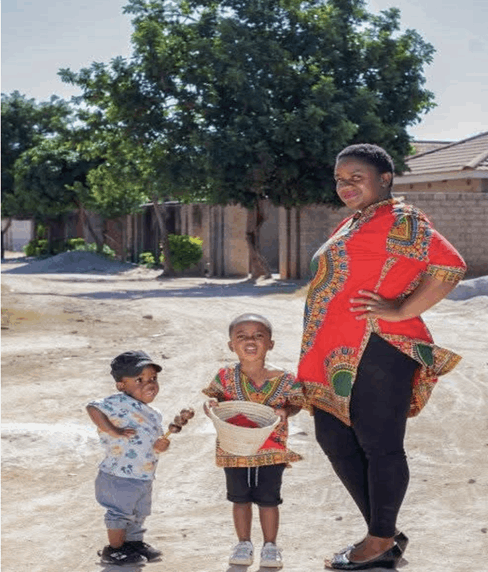
“The counselling helped me understand which method works for me,” she explained. Today, as a mother of two, Lynet confidently spaces her children and balances work and studies. “Spacing my children improves my health and allows me to focus on my family and future.”
It changed my life for the better; I can now plan my life accordingly.” Kudzai Mashiri, a mother of three, adds
“I have been able to look after the family I have and go to both school and work at the same time without fear of having unintended pregnancy.”
These personal stories reflect national progress. According to the Zimbabwean Ministry of Health, maternal mortality fell from 960 deaths per 100,000 live births in 2010 to 462 in 2019 and the ZDHS 2015 reports improvements in antenatal and postnatal care. UNFPA notes that in 2024, 2.25 million women used modern contraceptives, preventing 810,000 unintended pregnancies, 202,000 unsafe abortions, and 2,300 maternal deaths.
The 2023‑24 ZDHS shows the Maternal Mortality Ratio declined further to 212 deaths per 100,000 live births, while the modern contraceptive prevalence rate among married women reached 69%.
Campaigns at the continental level, such as the African Union’s Campaign on Accelerated Reduction of Maternal Mortality in Africa (CARMMA), have also recognised Zimbabwe as a leader in using family planning to save lives. Between 1994 and 2009, contraceptive use among married couples rose from 48% to 65%, helping women take charge of their health and futures
Zimbabwe’s Holistic Approach to Family Planning
Zimbabwe has a comprehensive family planning program coordinated by the Zimbabwe National Family Planning Council (ZNFPC), a government parastatal under the Ministry of Health and Child Care, Established by an Act of Parliament in 1985, ZNFPC provides integrated family planning and reproductive health services, including contraceptive methods, education, counseling, cancer screening, and HIV services.
Services are delivered through clinics, local health centers, and community-based distributors, especially in rural areas. Youth-friendly centers operate across the country, staffed by trained youth health advisors and facilitators.
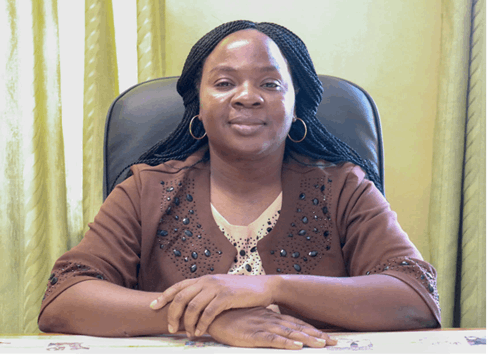
Mercy Marimirofa, Director of ZNFPC, explains: “We conduct mobile outreach, recruit and support community health workers and peer educators, and operate youth centres across the country. We also train service providers in family planning courses and conduct community mobilisations, reaching leaders and families in rural areas. We want to ensure that every woman and young person has access to age-specific information and services.”
For Kudzai, these services have been crucial. “The counselling they give before prescribing any family planning method really helps. I was confused on which method to use but after the session it was eye-opening.”
Mercy Wachi, a healthcare worker at St Mary’s Clinic in Chitungwiza, spends her days counseling women and girls on family planning. For her, the work is not just about providing contraceptives — it is about restoring hope.
“I work at the local clinic in St Mary’s Chitungwiza, and I have had so many experiences with both young girls and women. You find that young girls are using contraceptives and for some it saved their lives. One girl came after she had her first child while she was in school. She got pregnant at 17 and had to stop school. After having the child, she came with her mother for Jadelle, and I was happy that she was able to go back to school and take care of her child. Right now you find that the family planning program has saved so many lives and we see it every day.”
Related Stories
Mercy explains that every day she meets women who come in worried, fearful, or uncertain but leave empowered with knowledge and options. She says that proper counseling is as important as the contraceptive itself, because many women come with myths, fears of side effects, or community stigma.
“As a health worker, I have seen that family planning is not only about preventing pregnancies. It is about saving lives, reducing risk of deaths, and giving women the chance to plan their futures,” she says.
Other initiatives such as Result-Based Financing, urban voucher programs, and strengthened data collection have improved access to reproductive health services, particularly in underserved urban and rural areas. Skilled birth attendance and antenatal care have steadily increased, while maternal and neonatal deaths have declined.
The Youth Perspective
Organisations like SAYWHAT are key to reaching young people. Advocacy Specialist Isabella Carvalho explains: “Young people in Zimbabwe face several barriers when trying to access family planning services. Stigma and judgmental attitudes from healthcare providers, lack of trained staff, and misinformation are major challenges. Peer-to-peer education has been transformative. Because peers share similar experiences, they are more likely to engage meaningfully on sensitive topics.
“This model fosters trust and confidence, and young people are more inclined to adopt healthy behaviours.”
UNFPA also emphasises youth-focused interventions: “Zimbabwe is still facing challenges related to unmet need for family planning among adolescents (14.6%), the high adolescent birth rate (111 per 1,000 women aged 15-19), and stock-outs of commodities due to decreasing donor funding,” says Mrs. Tabifor.
Remaining Challenges
Despite progress, gaps persist. Lynet notes affordability as an obstacle: “It is expensive most of the time, especially when there are no free campaigns. Sometimes I have to travel to another town to access family planning.”
Kudzai highlights stigma: “Most clinic nurses have not accepted that young unmarried girls can also use family planning services.”
ZNFPC acknowledges ongoing barriers: “We face socio-cultural and religious barriers, stock-outs, and myths and misconceptions. To address them, we do community mobilisation, mobile outreach, capacity building of providers, and advocacy with lawmakers,” says Marimirofa.
SAYWHAT adds: “Many young people hold misconceptions about family planning methods, which discourages them from seeking services. To combat this, we create safe spaces for dialogue, like the Web for Life Initiative for young women,” says Carvalho.
Solutions in Action
Zimbabwe has adopted a range of strategies to sustain progress on family planning. Government investment averages US $1.6 million a year for contraceptives, complemented by UNFPA’s US $2 million contribution in commodities. The state is also strengthening health systems, expanding capacity for family planning and emergency obstetric care, and training health workers in life-saving skills, including the insertion of implants.
Access is widening through new approaches such as Sayana Press self-injection, alongside targeted strategies for young, unmarried, and rural women. Community-based distributor programs have been revived to reach underserved areas.
As Marimirofa explains: “We are introducing self-care models, strengthening service integration, including all groups such as people with disabilities, adolescents, and young people, aligning policies, and improving monitoring systems for evidence-based programming.”
A Quiet Revolution
For women like Tania, Lynet, and Kudzai, family planning is more than policy — it is freedom, hope, and opportunity. Talent says:
“With my experience with family planning, I’m able to help other fellow ladies make good decisions because I have been doing family planning for a while now.”
Zimbabwe’s quiet revolution is proof that solutions exist, scale is possible, and lives can be saved when women are empowered to plan their futures. Investments in reproductive health, youth-focused outreach, self-care models, and national strategies like the Family Planning Strategy 2022-2026 are transforming lives and reducing maternal deaths across the country.
This report was produced with support from the Solutions Journalism Network and the Hewlett Foundation, under the Reporting Gender Equity Fellowship, an initiative of Social Voices Media & Development Foundation.





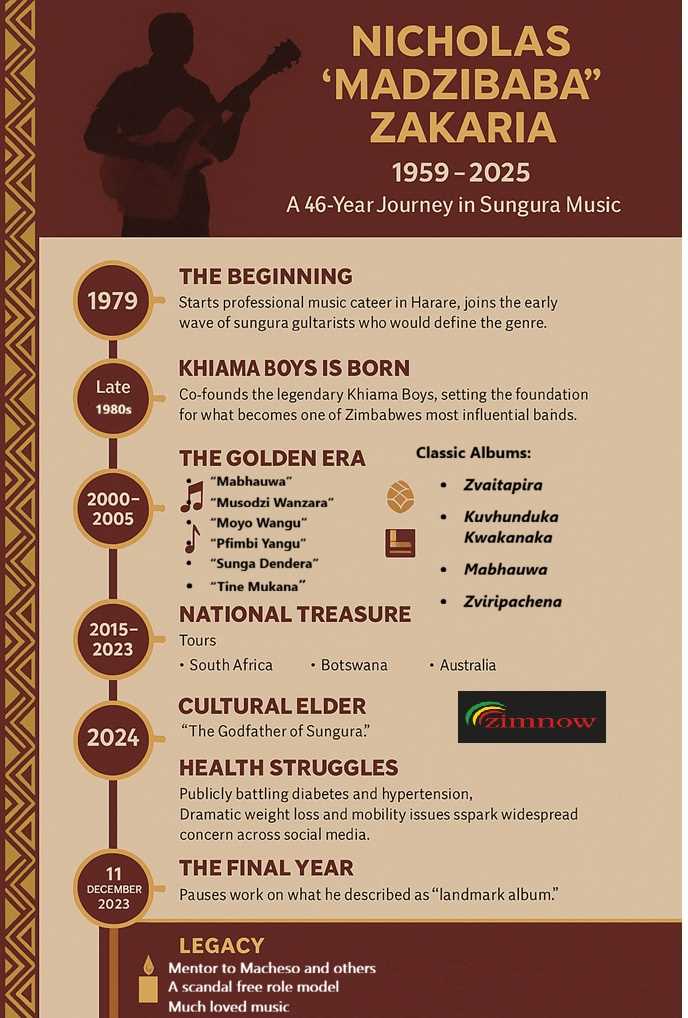




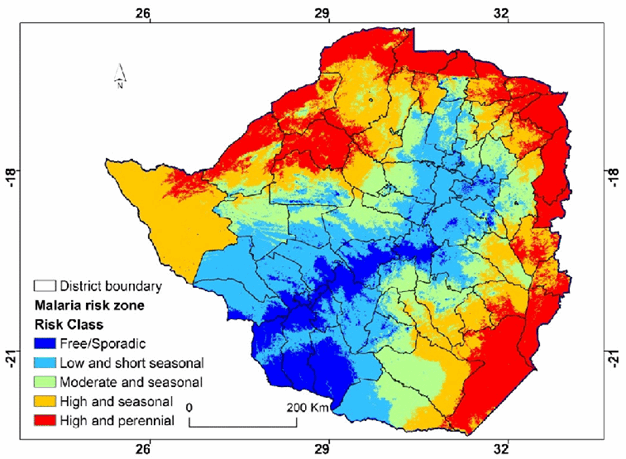
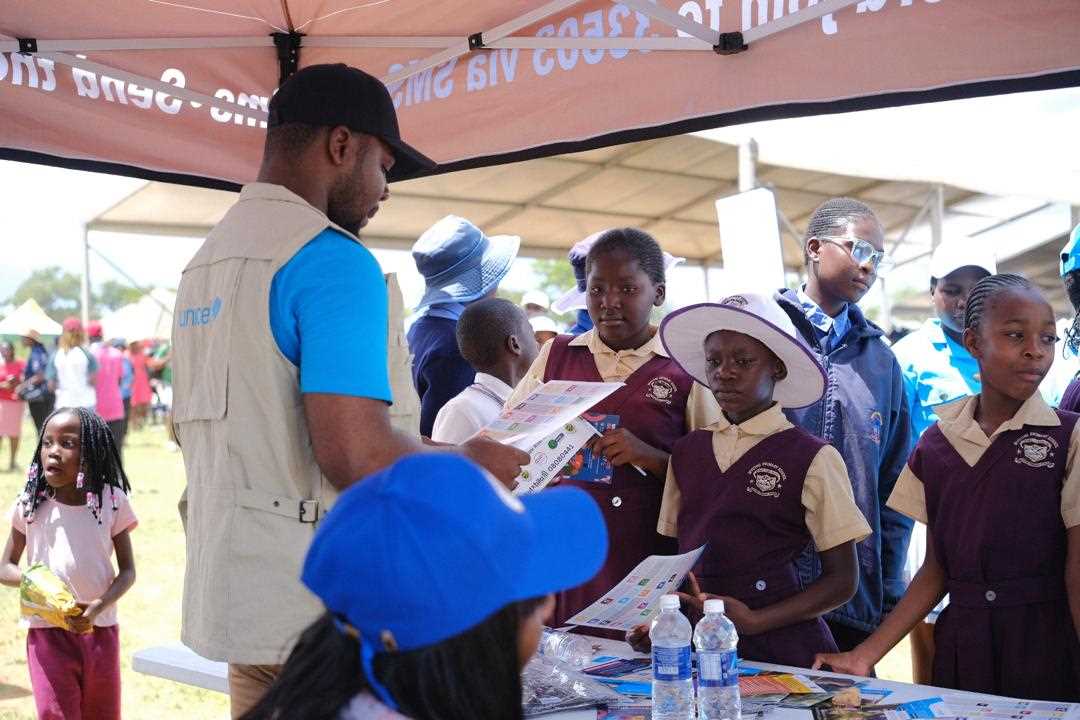
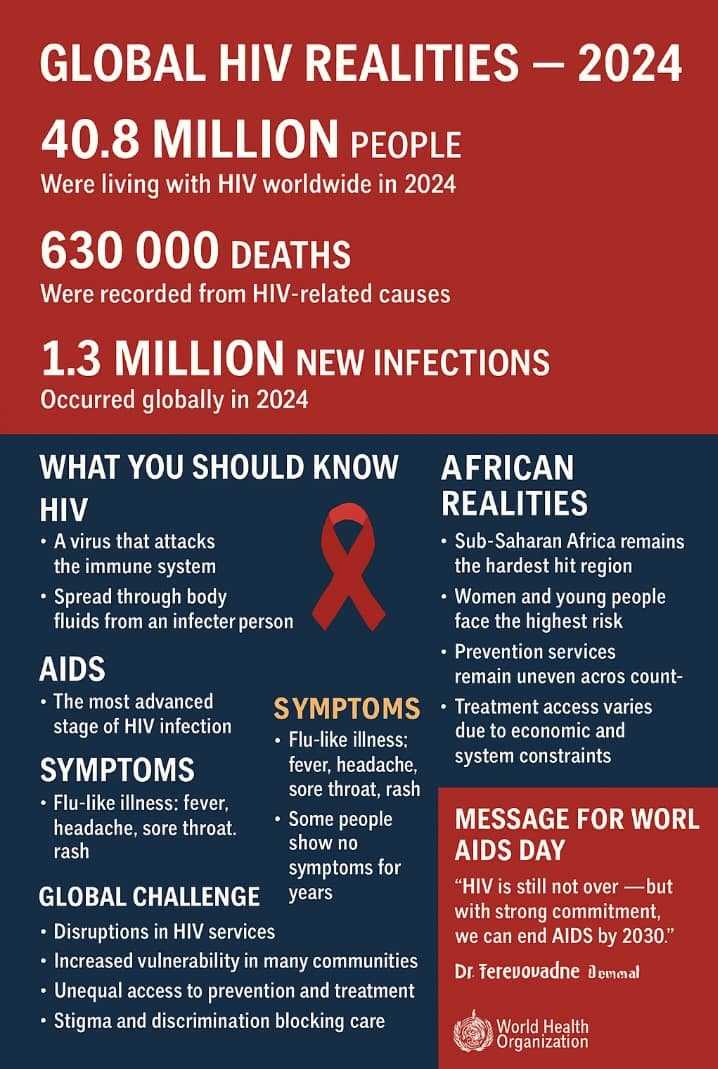


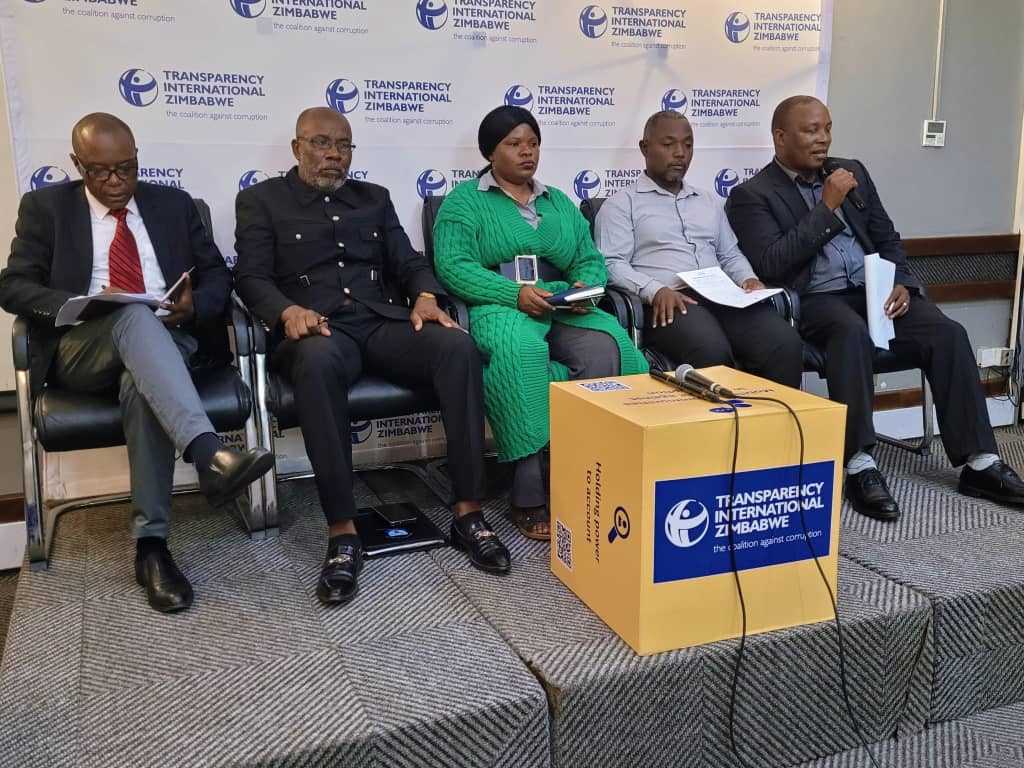




Leave Comments